
Vueron Newsletter
No. 40
2023.08.18
| MG Launches Advanced Variant of ZS EV with Level-2 Autonomous Driving and ADAS Technology | ||
| Ford’s advanced BlueCruise driver assist features will only be available as a subscription | ||
| Waymo starts taking fares for SF robotaxis after state approval | ||
| Quanergy Introduces Industry’s First 3D LiDAR Security as a Service Solution |
1. MG Launches Advanced Variant of ZS EV with Level-2 Autonomous Driving and ADAS Technology
-
- MG Motor, a British-origin car manufacturer, has introduced an advanced variant of its ZS EV, featuring Level-2 autonomous driving technology and a comprehensive set of 17 Advanced Driver Assistance System (ADAS) features.
- The upgraded ZS EV with ADAS technology is priced at ₹27.89 lakh, making it the most expensive variant in the ZS EV lineup.
- The ADAS technology includes features such as Traffic Jam Assist, Forward Collision Warning, Speed Assist System, Lane Keep Assist, and Adaptive Cruise Control.
- This move demonstrates MG Motor’s commitment to innovation, meeting the demand for advanced safety and autonomous driving capabilities in the Indian electric SUV market.
- The ZS EV variant now competes with rivals like the Hyundai Kona and BYD Atto 3, positioning itself as a technologically advanced option.
- MG Motor has also increased the prices of its flagship SUVs, Hector and Gloster, for the second time within three months, citing factors such as production costs, supply chain disruptions, or regulatory changes as potential reasons.
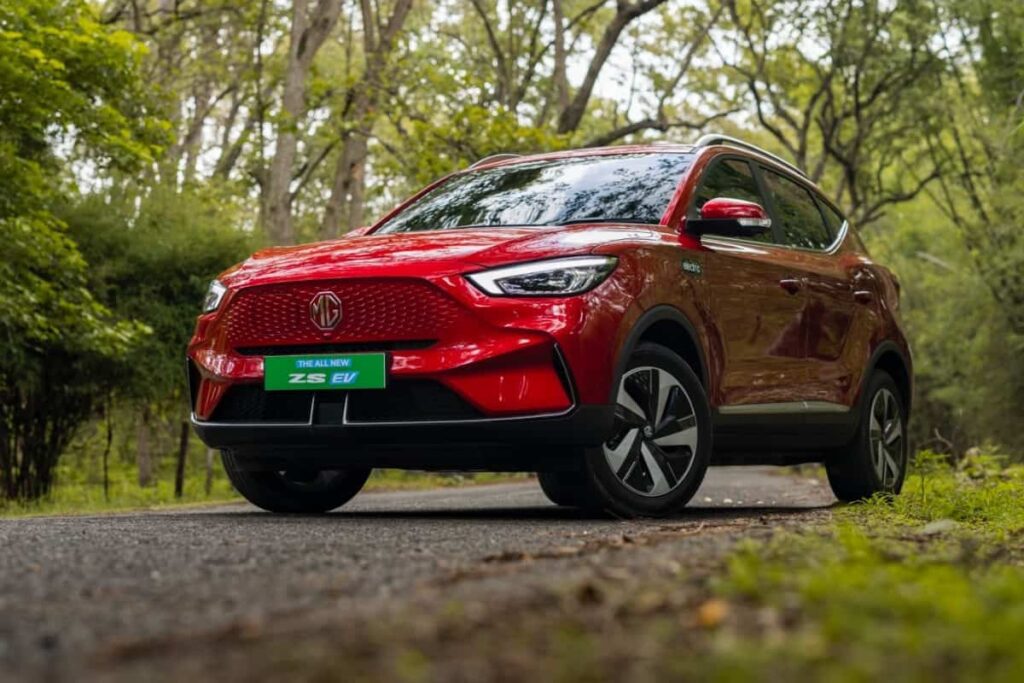
MG Motor’s introduction of an advanced ZS EV variant with Level-2 autonomous driving and ADAS technology reflects the growing importance of autonomous features and safety systems in the automotive industry. This move aligns with the broader trend toward integrating cutting-edge technology to enhance driver assistance and safety.
2. Ford’s advanced BlueCruise driver assist features will only be available as a subscription
-
- Ford is expanding the availability of its BlueCruise hands-free driving technology.
- Previously, BlueCruise had to be added as an option at purchase, but now it will be installed as standard on supported vehicles.
- Owners can also add the service later or activate it only when needed, such as for road trips.
- BlueCruise can be purchased at the time of vehicle purchase and financed, or accessed through annual or monthly subscriptions.
- Purchase price is $2,100 for three years, annual subscription costs $800, and monthly subscription costs $75. A 90-day free trial is available if not set up at purchase.
- Ford plans to install BlueCruise on 500,000 vehicles in North America for the 2024 model year, up from the current 225,000 installations.
- Changes to the service also apply to certain Lincoln models, with the same pricing for subscriptions.
- BlueCruise 1.3, the upcoming version, improves performance on curves and narrow lanes, allowing longer hands-free driving engagement compared to the previous version.
- Ford’s commitment to AI-assisted driving is evident in its creation of an automated-driving subsidiary to advance autonomous technology.
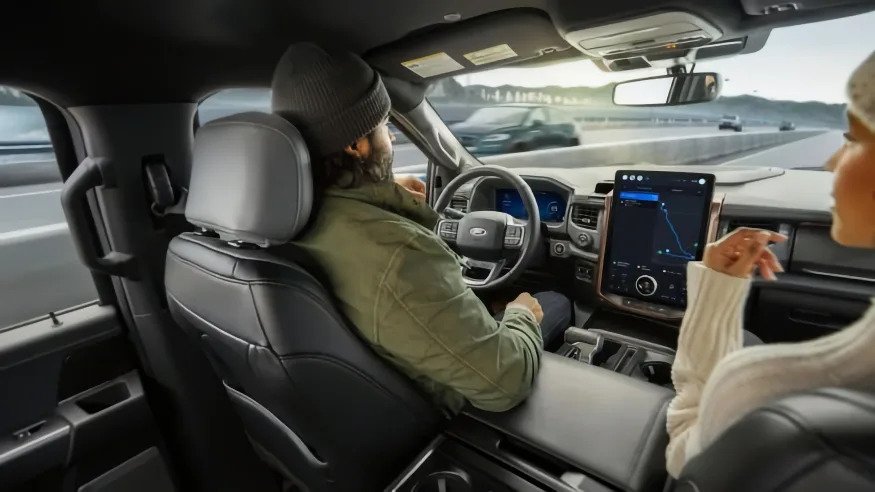
Ford’s decision to make BlueCruise a standard feature on supported vehicles suggests the growing importance of hands-free driving technology in the automotive market. The flexibility in accessing BlueCruise, either through purchase, annual subscription, or monthly subscription, caters to different customer preferences and usage patterns, enhancing the accessibility of the technology.
3. Top Chinese EV maker BYD opts out of deal to use Baidu’s autonomous driving technology, sources say
-
- BYD has decided not to proceed with a deal to incorporate Baidu’s autonomous driving technology into its electric vehicles (EVs), opting to focus on in-house development of intelligent car software.
- The initial agreement between BYD and Baidu was made in March 2022 to integrate Baidu’s technology, including navigation and automated valet parking, into BYD’s EVs.
- Baidu’s autonomous driving unit, Apollo, saw this partnership as a significant achievement, highlighting growing interest from automakers in their self-driving solutions.
- The cancellation of the deal is a setback for Baidu’s autonomous driving ambitions and underscores the challenges faced by the Chinese self-driving industry in achieving fully autonomous driving.
- BYD has reportedly suspended its cooperation with Baidu on autonomous driving technologies due to a lack of immediate prospects for self-driving technology in the mass-market EV segment.
- Despite challenges, Baidu maintains a substantial robotaxi fleet in China and has received regulatory approval to operate ride-hailing services without safety operators.
- Industry insiders and investors point out that large-scale profitability for robotaxis and autonomous trucks remains elusive due to technological limitations, regulatory constraints, and safety concerns.
- China’s autonomous driving sector is grappling with economic difficulties, changing investor interests, and intense competition among self-driving companies for orders from automakers.
- The market is predicted to undergo significant consolidation, leading to the disappearance of many firms in the autonomous driving space.
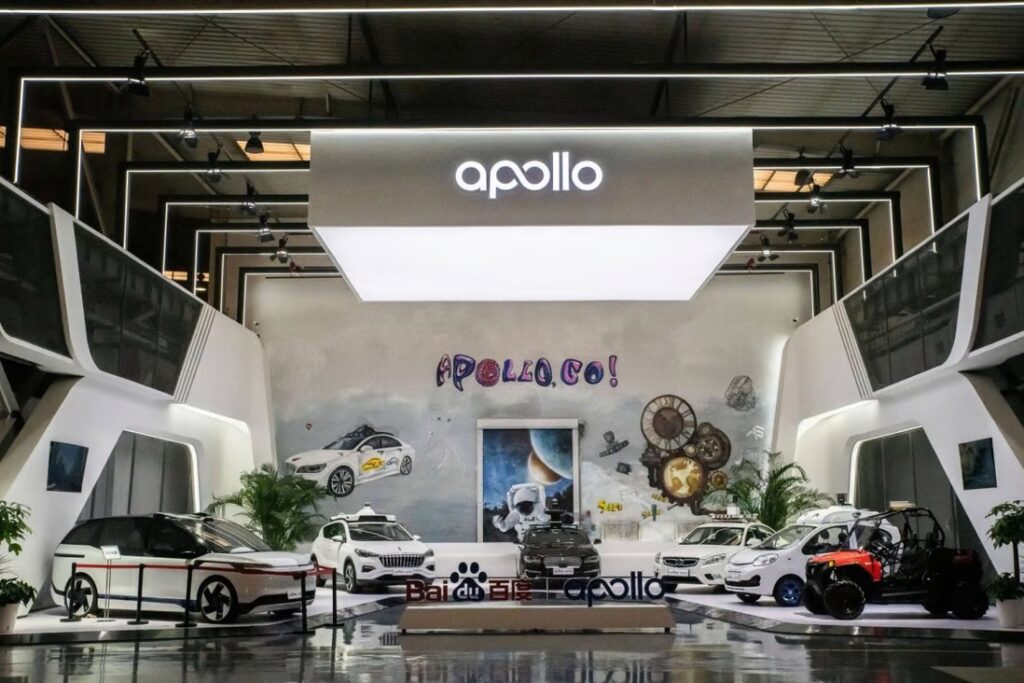
The decision by BYD to step away from the Baidu deal reflects a growing trend among major players in the automotive and tech industries to prioritize in-house development of autonomous driving technology. This suggests a desire for greater control over intellectual property and the unique needs of individual companies.
4. Waymo starts taking fares for SF robotaxis after state approval
-
- Waymo has received final approval to operate its driverless taxis in California and will begin charging for its driverless robotaxi service in San Francisco from August 21.
- The California Public Utilities Commission granted approval for Waymo and GM’s Cruise to operate 24/7 in the state for their driverless taxi services.
- Both Waymo and Cruise currently operate public rideshare services in San Francisco, with Waymo testing driverless rides with employees in Los Angeles.
- Waymo has announced that it will introduce fares for its Waymo One users, making it transparent about pricing, with fares based on the most direct route.
- Surge pricing will be implemented during busier times to manage demand, while the wheelchair-accessible vehicle (WAV) service will remain free for now.
- Waymo has not yet disclosed its fare structure but is expected to continue showing estimated prices in its app.
- Cruise charges a base fare of $5, with additional charges per mile and minute, while Waymo’s pricing may vary based on time of use due to surge pricing.
- Despite similarities in prices with other ride-hailing apps like Uber and Lyft, Waymo offers the advantage of not requiring tipping for drivers.
- Waymo expects busier times during weekday nights, weekends, and especially Friday and Saturday nights.
- Waymo’s user base is expanding, with a current waitlist of 100,000 users and plans to invite them incrementally as the service expands.
- Waymo serves 10,000 rides a week between San Francisco and Phoenix.
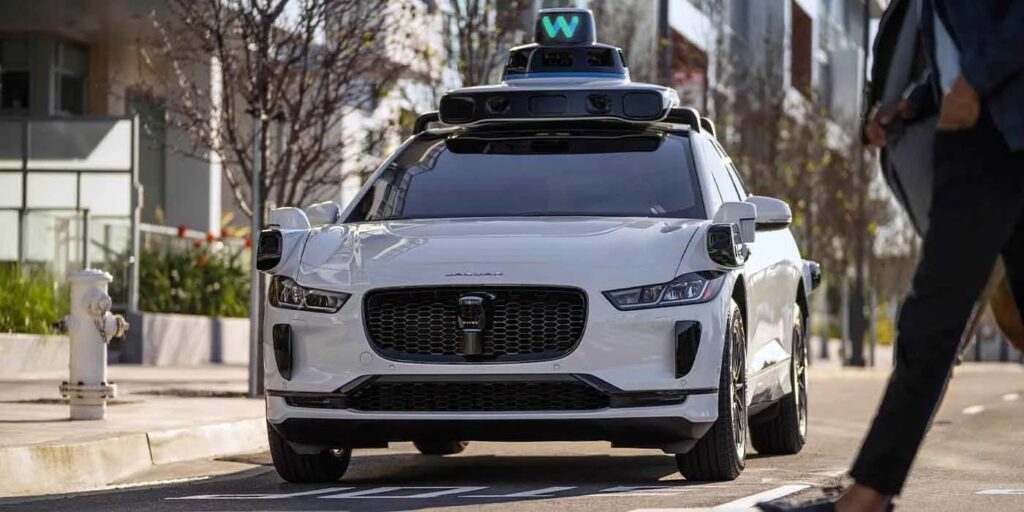
The move to charge for the robotaxi service in San Francisco signifies Waymo’s transition from a testing phase to a revenue-generating phase. It also underscores the company’s confidence in the maturity and reliability of its autonomous driving technology. The transparent pricing model and surge pricing strategy show Waymo’s commitment to providing clear and flexible pricing options for its users, which can help manage demand during peak times and optimize service availability.
5. Quanergy Introduces Industry’s First 3D LiDAR Security as a Service Solution
-
- Quanergy Solutions introduces the industry’s first Security as a Service (SaaS) model for its Q-Track™ 3D LiDAR solution.
- The SaaS model offers a yearly subscription option for enterprise users, allowing them to budget Q-Track solutions as an operating expense (OPEX) instead of a capital expense (CAPEX).
- Quanergy aims to provide real-time awareness for dynamic environments, improving event detection, classification, and tracking.
- Q-Track 3D LiDAR solution combines advanced LiDAR sensors and AI-driven software to detect, classify, and track individuals/objects with accuracy, even in darkness.
- Subscribers of the SaaS model receive a complete system package, including 3D sensors, perception software license, support, maintenance, upgrades, and warranty.
- Quanergy offers both the SaaS and traditional CAPEX ownership models to give customers flexibility in choosing the option that suits their needs.
- Q-Track solutions are used for various security applications, such as perimeter intrusion detection, asset protection, footfall analysis, and business operations efficiency.
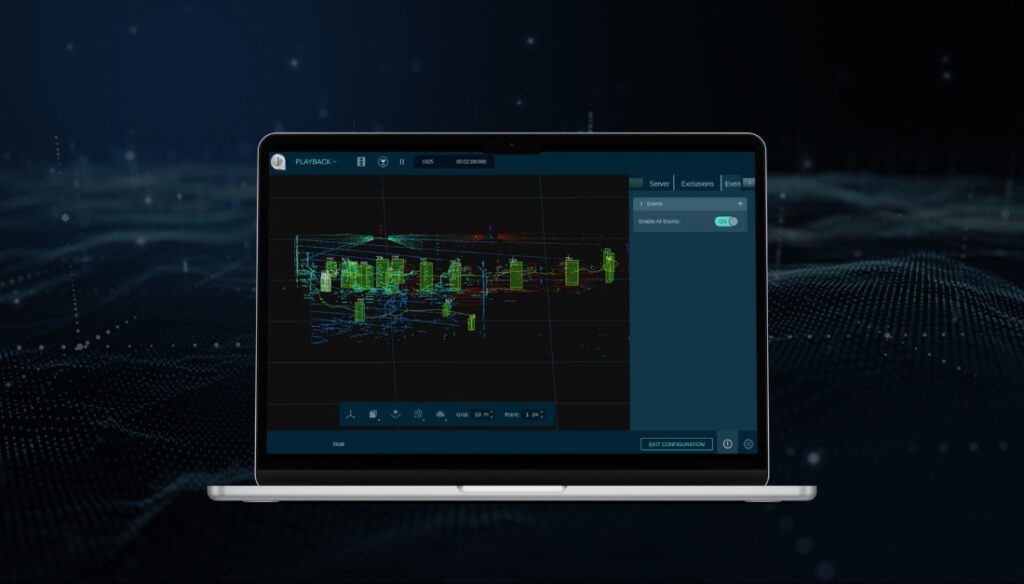
Quanergy’s introduction of a Security as a Service (SaaS) model reflects the industry’s broader shift toward subscription-based models and services, providing customers with financial flexibility and predictable operating expenses.
*Contents above are the opinion of ChatGPT, not an individual nor company

